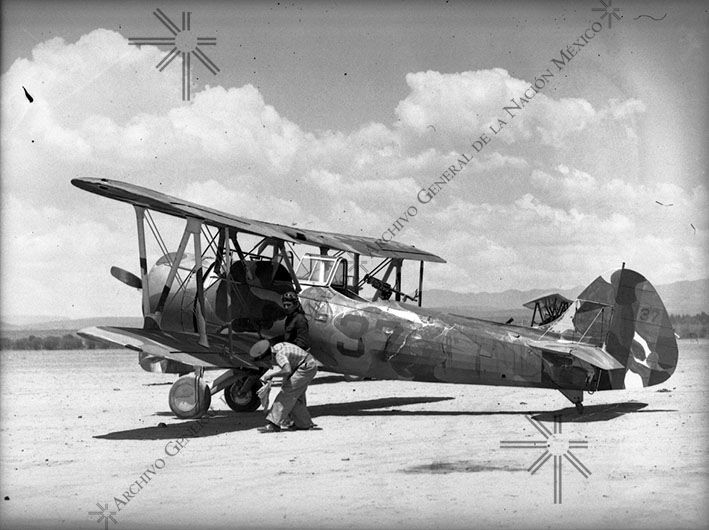The Early Years of Aeronautics in Mexico: Regulations and New Air Routes Management
Explore the early years of aviation in Mexico through historical documents and photographs. From the first aeronautical practices to the creation and regulation of air routes, this article covers the development of aviation in Mexico during the 1910s–1940s.





